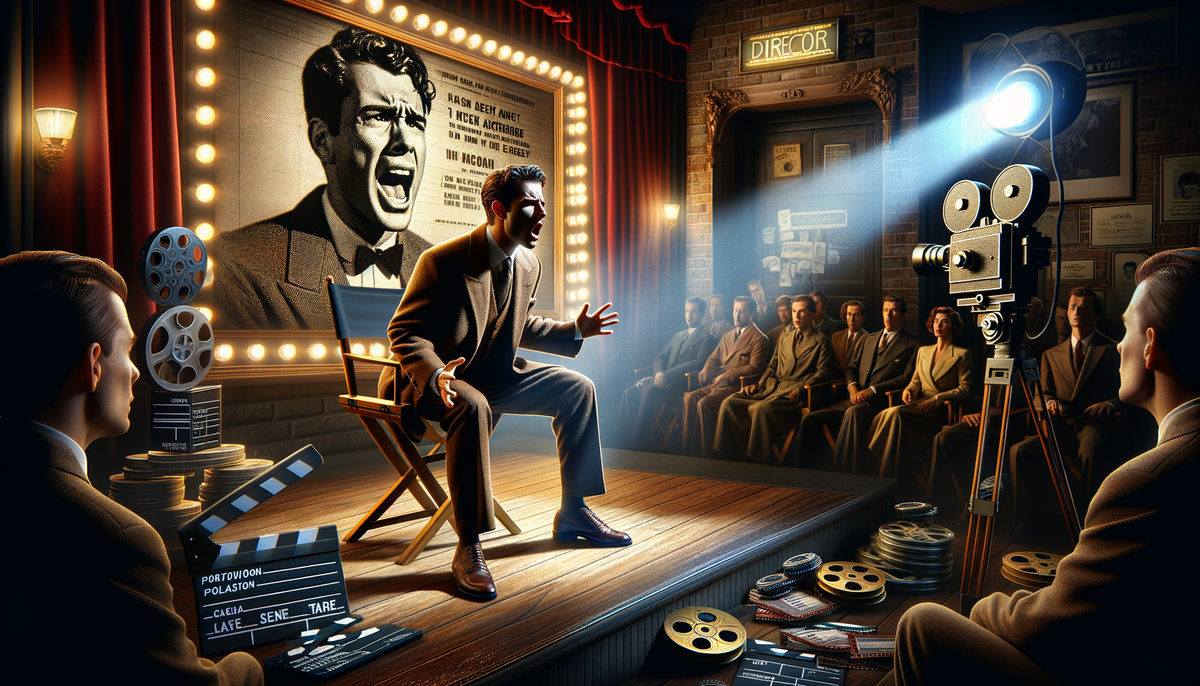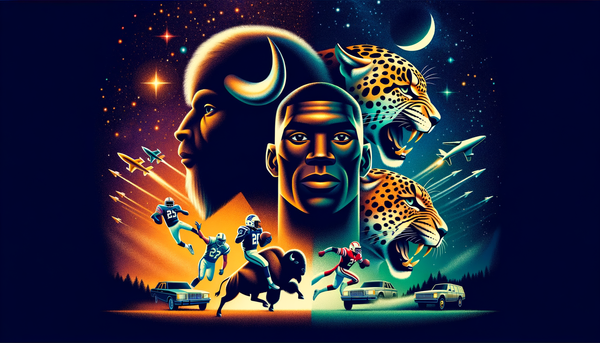Marlon Brando: The Iconic Face of Method Acting and Hollywood Evolution
Discover how Marlon Brando reshaped Hollywood with method acting, leaving a lasting impact on cinema and culture.

Marlon Brando: The Iconic Face of Method Acting and Hollywood Evolution
Marlon Brando, a name synonymous with Hollywood's golden age, continues to be a pivotal figure in shaping the path of modern cinema. From his early beginnings in Omaha, Nebraska to becoming a revolutionary force in the movie industry, Brando's journey is one of relentless passion and groundbreaking innovation. Let's delve into the life and legacy of a legend who not only entertained but also challenged norms.
Early Life and Dramatic Foundation
Born on April 3, 1924, in Omaha, Nebraska, Marlon Brando Jr.'s upbringing was dramatically enriched by a salesman and an actress. His quest for drama and authenticity led him to New York City in 1943 where he studied under the renowned Stella Adler at the Dramatic Workshop. This period marked the beginning of Brando's immersion into method acting—a style that would become his signature in Hollywood.
Stage to Screen: The Rise of a Star
Brando's breakthrough came when he took on the role of Stanley Kowalski in Elia Kazan’s Broadway production of Tennessee Williams’s A Streetcar Named Desire in 1947. His raw portrayal captivated audiences and set the stage for his transition into films. By 1951, he ventured into cinematic history with the film adaptation of A Streetcar Named Desire, which brought him his first Oscar nomination.
Hollywood Career and Cultural Impact
Throughout the 1950s, Brando starred in a series of critical and commercial successes such as Viva Zapata! (1952), Julius Caesar (1953), and On the Waterfront (1954), the latter winning him an Academy Award for Best Actor. Known for his brooding charisma and emotive performances, Brando also gained cultural icon status with his role in The Wild One (1953), embodying the rebel spirit that defined a generation.
Continued Innovation and Influence
Brando's influence on acting was profound. As the harbinger of method acting in Hollywood, his performances broke away from classical traditions, focusing instead on intense realism and emotional depth. His iconic role as Vito Corleone in The Godfather (1972) remains a benchmark in acting excellence, earning him a second Oscar and further solidifying his legacy as a master of his craft.
Personal Beliefs and Social Activism
Beyond the silver screen, Brando was a fervent advocate for social justice. His public refusal of the Oscar for The Godfather served as a protest against Hollywood's treatment of Native Americans, highlighting his commitment to leveraging fame for meaningful causes. This act was indicative of Brando's lifelong dedication to challenging injustice and advocating for the marginalized.
Legacy and Lessons for Modern Actors
Brando's career is a testament to the power of authenticity and artistic courage. His approach serves as a blueprint for aspiring actors and filmmakers, emphasizing the importance of genuine expression and challenging the status quo. Actors today can learn from Brando's commitment to emotion-driven performance and his fearless tackling of complex, sometimes controversial roles.
Marlon Brando left this world on July 1, 2004, but his spirit endures in every actor striving for realism and every film demanding authenticity. His life’s work encourages all creatives to explore the boundaries of their craft, ensuring that Brando's ethos of method and intensity continues to inspire generations to come.
Explore More about Marlon Brando
If you're intrigued by Marlon Brando's extraordinary life and career, why not dive deeper into his films and his impact on the art of acting? Whether you're a cinema enthusiast or a budding actor, understanding Brando's influence can provide invaluable insights. Visit Far Out Magazine for more detailed analyses here.




